As the summer’s intensity mellows and a crisp breeze ushers in the changing seasons, Mexico transforms into a vibrant tapestry of colors, flavors, and traditions from September through February.
These six months mark a special time in the Mexican calendar, where the nation comes alive with a series of dazzling celebrations and culinary experiences that are nothing short of spectacular. From the spirited Independence Day fiestas to the heartwarming Día de los Muertos and the mouthwatering Christmas feasts, Mexico’s gastronomic diversity shines through in all its glory during this half of the year.
So, grab your sombrero and prepare your taste buds for a sensational tour of Mexico’s celebrations from September through February.
Vámonos!
Iconic Dishes
We begin our culinary journey with a legendary dish encapsulating Mexico’s rich history and flavors – Chiles en Nogada. (also my favorite dish of all time). If you get invited to eat some homemade chiles en nogada, don’t pass up the opportunity.
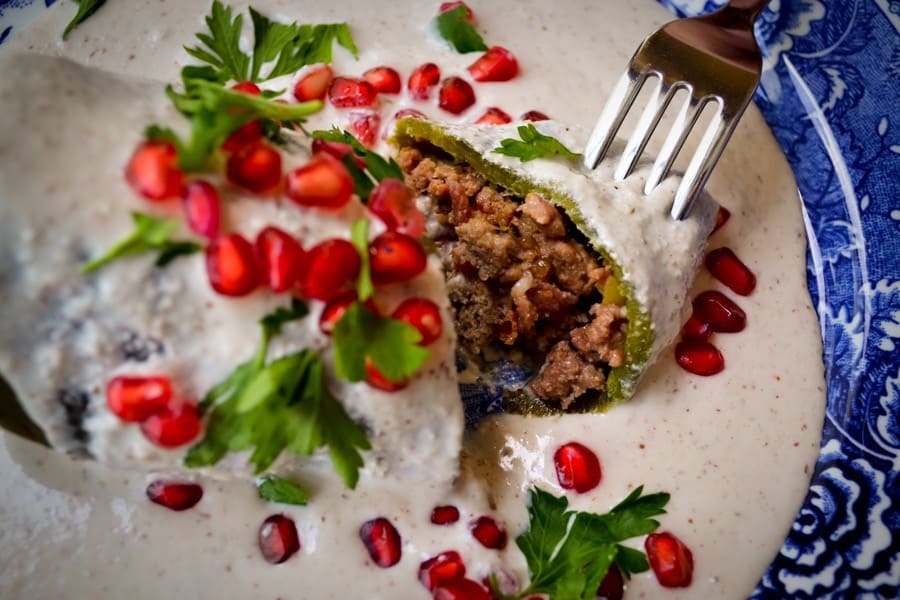
This unique dish, often referred to as a masterpiece of Mexican cuisine, consists of poblano peppers stuffed with a mixture of ground meat, ground pork, fruits, plantains, and spices, then topped with a creamy walnut sauce and garnished with pomegranate seeds and fresh parsley.
Its vibrant colors represent the Mexican flag, making it a popular choice during the country’s Independence Day celebrations. The original dish was created in Puebla, but you can find chiles en nogada throughout Mexico in September- which is when the ingredients are freshest.
But come October, you will start seeing dulce de calabaza in all the markets, ferias, and other festivals.
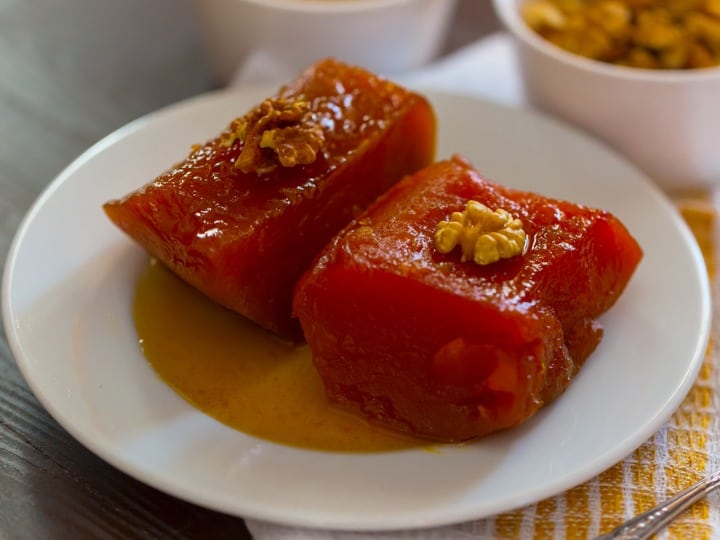
This delightful candied pumpkin dessert embodies the essence of Mexican comfort food. Slices of pumpkin are slow-cooked in a syrup infused with cinnamon, cloves, and piloncillo (a type of unrefined cane sugar).
The result is tender, translucent pumpkin pieces with a luscious, sweet, spiced flavor. Dulce de Calabaza is a delicious, sweet indulgence and a reminder of the warmth and hospitality that characterizes Mexican celebrations, particularly during the vibrant Día de los Muertos festivities. This brings me to our next iconic food- Pan de Muerto.
Pan de Muerto, or “Bread of the Dead,” holds a special place in the hearts and kitchens of Mexican households.
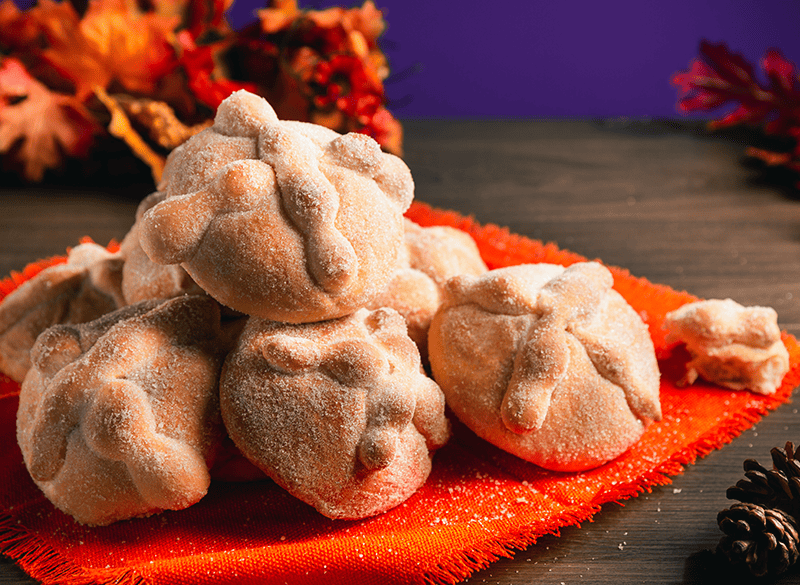
This sweet, rich, and elaborately decorated bread is a cornerstone of the festivities of the Día de los Muertos, or Day of the Dead, when Mexicans honor their dearly departed. With its distinct shape, adorned with bone-shaped patterns and a sugary glaze that glistens like morning dew, Pan de Muerto is more than just bread; it’s a symbol of remembrance and a delicious link between the living and the spirits of the afterlife. You can find pan de muerto at grocery stores, bakeries, cafes, and some restaurants between September through February.
December is filled with many traditions around Mexico. Christmas Eve dinner is a ritual every December 24th, some families prepare romeritos, baked pork loin, and bacalao, but without a doubt, one of the most traditional dishes of Christmas dinner is pavo, aka turkey, on Christmas Eve or Nochebuena– as it is known in Spanish.
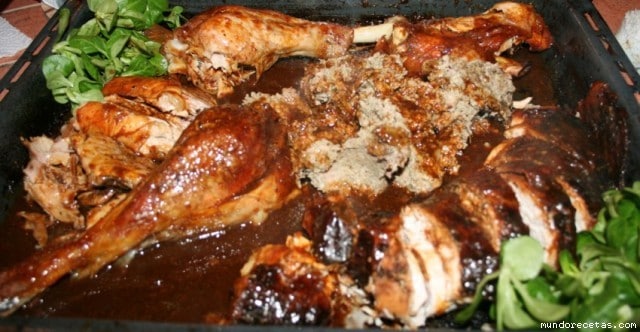
The presence of turkey on a Mexican table during Christmas Eve is a testament to the deep-rooted traditions that blend indigenous and European influences in Mexican cuisine.
The Christmas turkey, often prepared as “Pavo Relleno” (stuffed turkey), symbolizes unity, togetherness, and abundance during the holiday season. Families gather around the table to share this grand centerpiece, complemented by a rich mole sauce or other regional variations, creating a harmony of flavors that warms the heart and the palate.
We start celebrating Dia de Los Reyes Magos- or 3 Wise Kings Day.
Celebrated every year on January 6th, this is a kind of 2nd Christmas for many kids around Mexico who receive a small gift. We celebrate it by having our friends and family over and eating Rosca de Reyes, a sweet and symbolic ring-shaped bread adorned with colorful candied fruits.
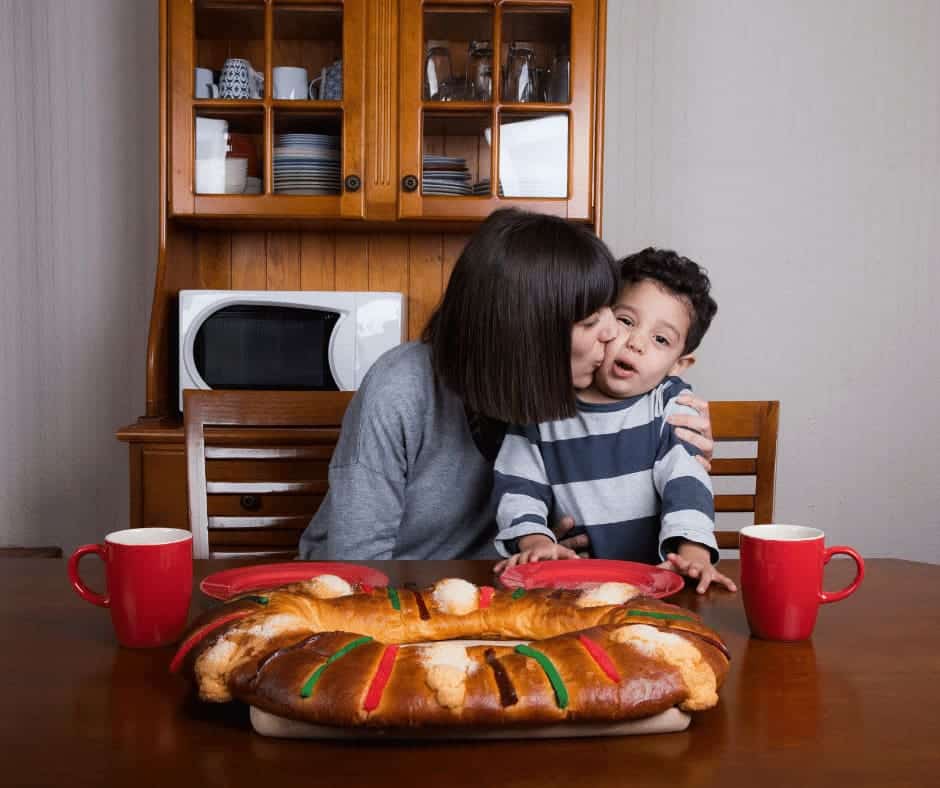
This festive pastry represents the journey of the Three Wise Men who followed the star to Bethlehem, bearing gifts for the baby Jesus. The round shape of the Rosca symbolizes the infinite love of God and the crown worn by the Three Kings.
Hiding inside the rosca bread is a Baby Jesus figurine. Whoever finds the figurine in their slice of Rosca is expected to host a small gathering on Candlemas Day (February 2nd) to enjoy tamales.
And before you know it, you’ve gained about 10 lbs, and you’re not even done with the celebrations, festivities, and the tamales!
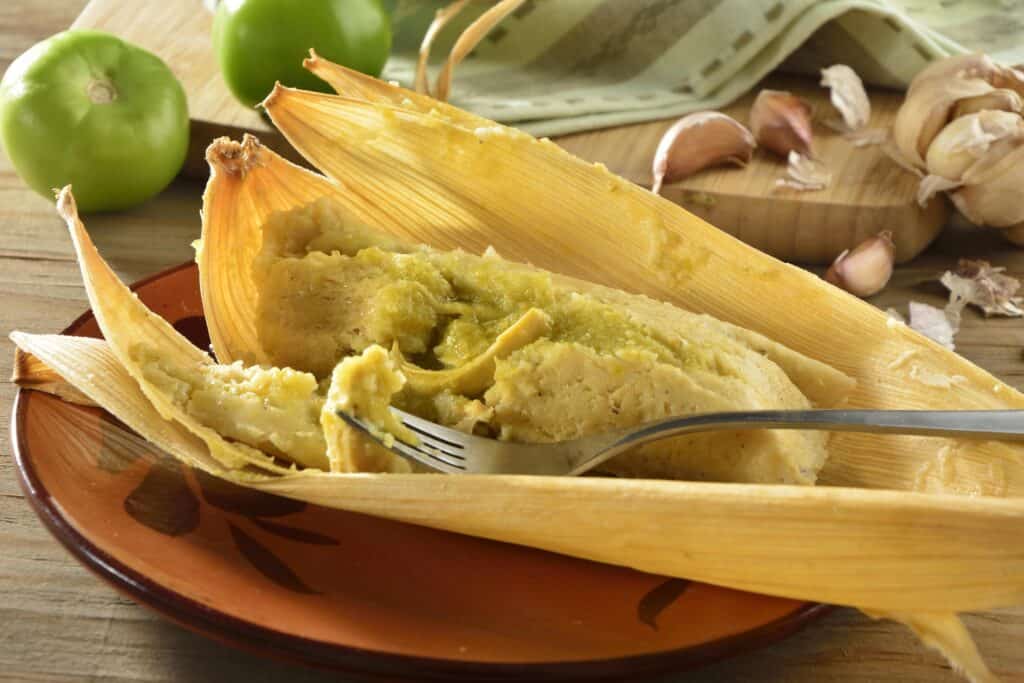
Dia de la Candelaria, celebrated on February 2nd, marks the end of the Mexican holiday season, a date when nativity scenes are taken down and families gather to enjoy another culinary delight: tamales.
On February 2nd, many Mexicans dress up their Baby Jesus dolls and take them to the church to be blessed, following the Presentation of Jesus at the Temple. Afterward, these figurines are returned home and placed at the center of a family altar. It’s a time of reverence, and the tamales, wrapped in corn husks or banana leaves, symbolize the swaddling cloths of the baby Jesus, offering a tangible connection to this spiritual tradition.
Eating tamales on Dia de la Candelaria is a meaningful way to close the holiday season with delicious flavors and a heartwarming connection to faith and family.
Other Holidays in Mexico
The diverse flavors, traditions, and stories I’ve shared with you in this article only scratch the surface of Mexico’s amazing food and iconic dishes.
Exploring Mexico’s Year-Round Festival Calendar.” There, you’ll discover even more enchanting festivals and their mouthwatering dishes that grace this extraordinary country throughout the year. From the Day of the Dead to Christmas Eve and beyond, Mexico’s celebrations and culinary heritage are truly a feast for the senses.
Check out other Holidays in Mexico.




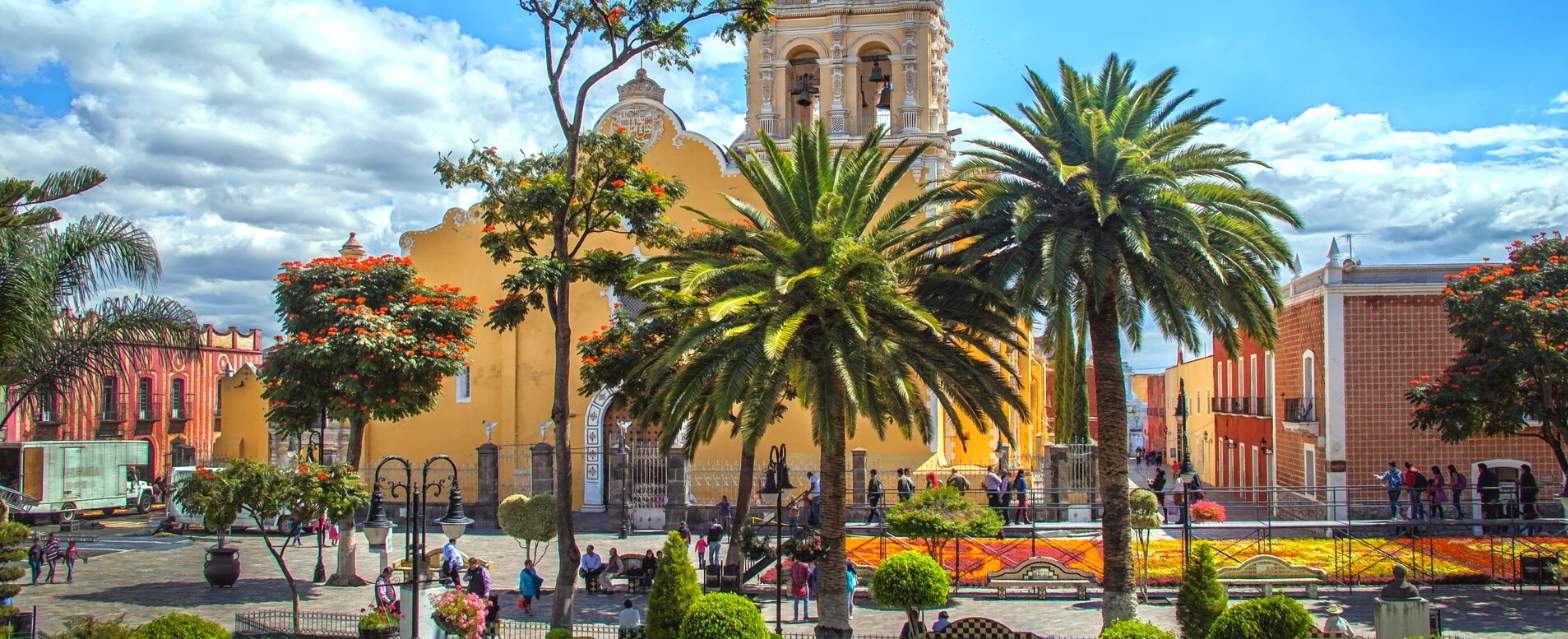

Beautifully written and presented.
Now living in Mexico fully barely 4 months, these morsels of tradition and celebration really enlighten me to things i come upon weekly, and wonder. Your prose blesses the experience.
Window sills and cafes are beginning to burst with giant Marigold blooms….my patio now has the same.
Mucho Gracias for your work
thanks for reading it. And I am glad you liked it 🙂 Enjoy Mexico amigo
Mariana Dear,
I am familiar with so much of Mexican culture from living in Arizona and traveling into Mexico for thanksgiving, and for my trips to see my dentist and hygienist in Mexico. I think I have already told you these things. But I have a question:
I maintain my health by eating only things that are going to be clean and nourish my body that way. So my foods are organic, and I eat only fish and seafood as animal products plus small amounts of cheese. Most of my diet is plant based with veggies and fruits, beans and legumes. I limit the fats I eat to keep my weight down.
So, I still want to travel and live in Mexico for part of the year, but am concerned that I will have a hard time eating as I want to eat. I know that lots of fresh fruits and vegetables are plentiful but I do not know if a lot of pesticides are used in the growing of them. I can do research on these questions but wonder if you have any suggestions for me. Thank you.
It all depends where you buy your food- if you buy from the local markets there will hardly be pesticides. But if you buy at a big box grocery store, they will have more sprayed on chemicals to make them last longer.
Also, a lot of people wash their veggies and fruits in a vinegar and water solution. No issues!
Wow Mariana, I’m hungry and I’m not even in Mexico yet. I’m coming very soon though.
I know! my mouth was watering writing this post!
My husband and I are visiting Chapala next September. We are looking at possibly retiring in the next few years to Mexico. I have already starting studing Spanish.
We have found your posts & the Relocation Guide to be very helpful.
Mucho Gracias!
Yay I am so glad! Gracias